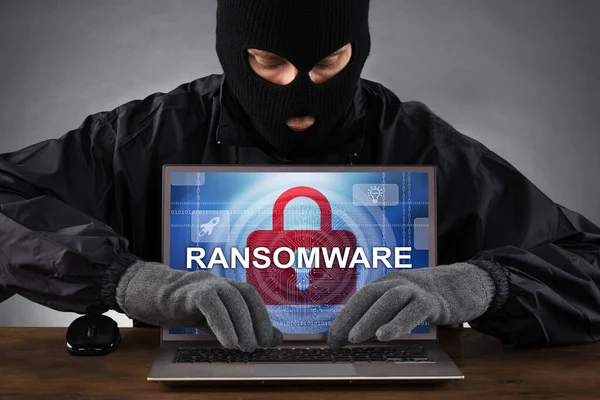Safeguarding Your Digital Assets: Ransomware Protection Strategies
In today’s hyper-connected world, ransomware poses a significant threat to individuals and businesses alike. This malicious software blocks access to critical systems or data until a ransom is paid, leading to severe financial and operational consequences. Understanding ransomware and adopting proactive protection strategies is essential to safeguard your digital assets and minimize risks.
In today’s hyper-connected world, ransomware poses a significant threat to individuals and businesses alike. This malicious software blocks access to critical systems or data until a ransom is paid, leading to severe financial and operational consequences. Understanding ransomware and adopting proactive protection strategies is essential to safeguard your digital assets and minimize risks.

What is Ransomware and Its Impact?
Ransomware is a type of malware that infiltrates computer systems—often via phishing emails, malicious websites, or compromised downloads—and encrypts files, rendering them inaccessible. The impact of an attack can be devastating, resulting in data loss, significant downtime, and costly recovery efforts. Organizations of all sizes are vulnerable, and the aftermath of an attack can include both the ransom payment and additional expenses for system restoration and security improvements.
Proactive Ransomware Protection Strategies
A multi-layered defense is key to mitigating the risks posed by ransomware:
• Cloud Data Management: Regular backups in the cloud ensure that, even if data is compromised, you can quickly restore systems to their pre-attack state.
• Cloud Workload Protection: Secure your cloud-based applications with advanced protection measures to prevent unauthorized access and malware infiltration.
• Vulnerability Management: Continuously assess and patch vulnerabilities to prevent cybercriminals from exploiting weak points in your network.
• Advanced Security Technologies: Employ intrusion detection systems, firewalls, and AI-driven analytics to monitor network activity and identify potential threats before they escalate.
Developing a Ransomware Recovery Plan
Preparation is critical for minimizing damage if an attack occurs. A comprehensive recovery plan should include:
• Data Management and Governance: Establish policies for data storage, access, and protection.
• Regular Data Backups: Ensure frequent and secure backups are in place, allowing you to revert to a safe point if needed.
• Financial Endpoint Protection: Use specialized tools to secure endpoints like computers and servers.
• Drills and Simulations: Conduct regular recovery exercises to ensure your team is ready to act swiftly in the event of an attack.
Education and Ongoing Monitoring
The human factor is crucial in cybersecurity:
• Employee Training: Regular training on recognizing phishing attempts and safe browsing practices can significantly reduce the risk of ransomware.
• Monitoring Software: Implement robust monitoring tools to detect suspicious activities and potential breaches early.
• Updating Security Protocols: Continuously review and update your security measures to keep pace with evolving cyber threats.
Leveraging Technology for Robust Defense
The integration of advanced technologies enhances your cybersecurity framework:
• Intrusion Detection and AI Analytics: These systems can detect abnormal patterns that may signal a ransomware attack.
• Automated Patch Management: Ensure all systems are up-to-date with the latest security patches to prevent vulnerabilities.
• Comprehensive Endpoint Protection: Utilize software solutions that safeguard all endpoints against emerging threats.
Conclusion
Ransomware remains a formidable challenge, but with a proactive, layered approach, you can protect your digital assets effectively. By implementing robust backup strategies, continuous vulnerability management, advanced monitoring, and thorough employee training, you build a resilient defense against ransomware attacks. Preparing a well-defined recovery plan and leveraging state-of-the-art technologies are key to minimizing downtime and financial loss. With these strategies in place, you can confidently safeguard your data and maintain the integrity of your operations in an increasingly risky digital landscape.








